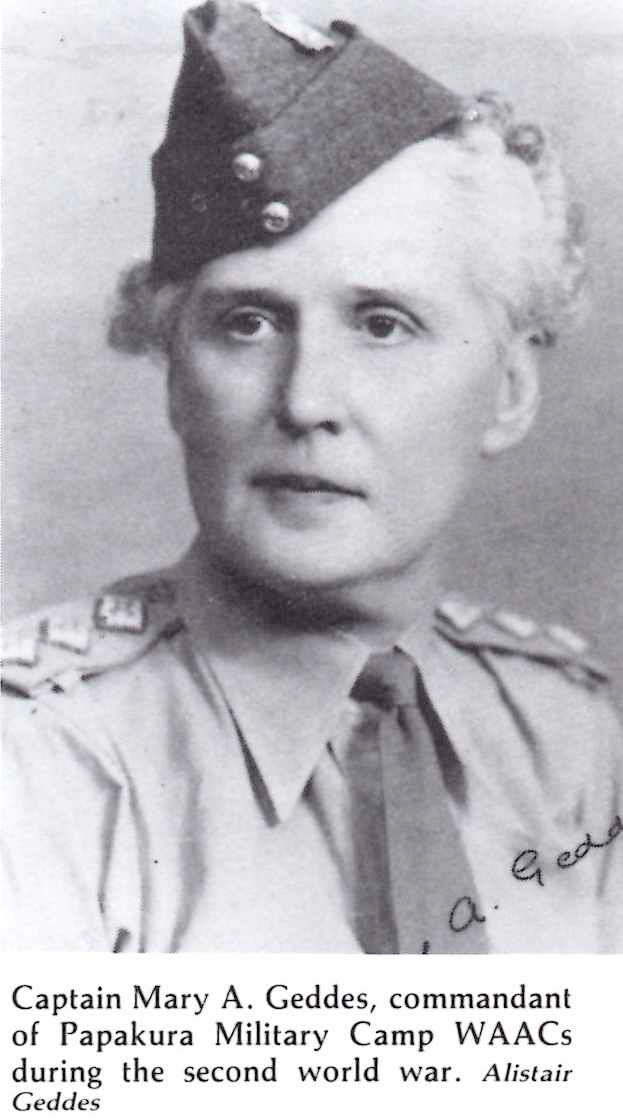Home is where the Lezzo tin is.
- Elizabeth Simpson
- Oct 6, 2021
- 3 min read

Walking around the Charlotte Museum I found myself intrigued by a tin in one of the glass cabinets with the word Lezzo placed across it in bold lettering. It turns out that this tin once contained a Turkish instant apple tea mix that is very popular around the world. The tea is made by Lezzo Food Marketing Inc, a company founded in Turkey in 1976. The tin became a popular household item for lesbian women during the 70s and 80s and given the name it is obvious why it was used even if it was simply in a humorous capacity, as a joke amongst friends. Having a tin boldly labelled Lezzo in your kitchen isn’t exactly the most subtle consumable to display, however it would have been subtle enough that only the right people would have understood the real reason for its presence.
Given attitudes towards the community at the time, both in New Zealand and internationally, it is highly unlikely that a brand would start with the intention of appealing to the lesbian community, so the question is where does the Lezzo name originate from? Even through extensive research of the world Lezzo in the Turkish language and its possible meanings, I am unable to find the true reason or meaning behind its namesake. The only connection my classmates and I can think of is the possibility that it was a shortening for the Greek island of Lesbos which is very close to Turkey, and which ironically is where the word lesbian originates from. Perhaps if this is true the Lezzo name is indeed more connected to the term lesbian than we had previously assumed.
There is also very little information on Lezzo tea and its connection to the lesbian community in New Zealand. The only written confirmation that I have found discussing this connection is from a news article about the Charlotte Museum Trust itself. This article from The Spinoff was written in July of 2019 and focuses on an interview with Charlotte Museum Trust co-founder Miriam Saphira. Saphira mentions the apple tea and its importance while also discussing other objects in the same cabinet. These objects tell different parts of the same story, a story about the difficulties of having to hide who you are and the comfort that was found in coming home to these expressions of identity. Saphira goes on to state that in the 70s and 80s, all the lesbian households tended to have a tin of Lezzo but is not sure if anybody actually drank it. The fact that it was a common household item but wasn’t commonly drunk further shows it acted as a symbolic statement in the home rather than as just a regular consumable, it was more about the tin than its contents.
Although I’m unsure about the real meaning of the tin, where its name originates from and the meaning that the Lezzo name has to Lezzo Food Marketing Inc, I do know the tin and many other items similar have meaning to the New Zealand lesbian community. It may just be a tin of tea but the meaning that the object holds and the sense of home and safety it had for many women in the 70s and 80s, when they had to hide so much of themselves, goes far beyond this. While there is not much information available about the Lezzo brand or where its name originated from it doesn’t really matter given this context. The item may have not been named to serve the purpose that it served but it helped to fill a void.
The Spinoff article used was written by Meg Williams in 2019 and can be read here: https://thespinoff.co.nz/society/21-07-2019/the-museum-protecting-and-celebrating-new-zealands-lesbian-history/
Lezzo apple tea is still a widely popular product in many parts of the world and can still be purchased if you wish to try it or display it in your home.

Elizabeth Simpson is a student at the University of Auckland and is currently working at the Charlotte Museum as part of our internship programme through the Museum and Cultural Heritage course.







